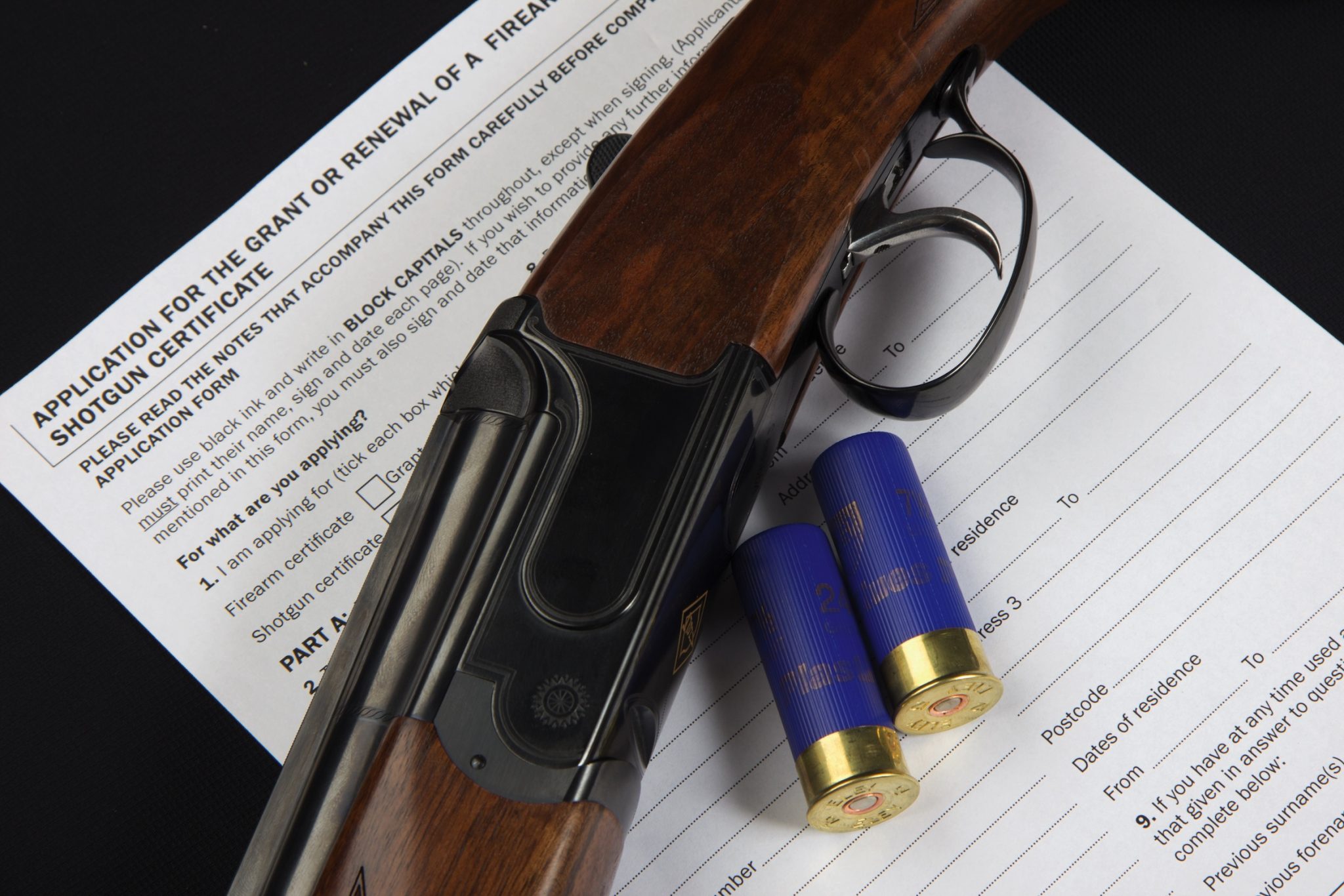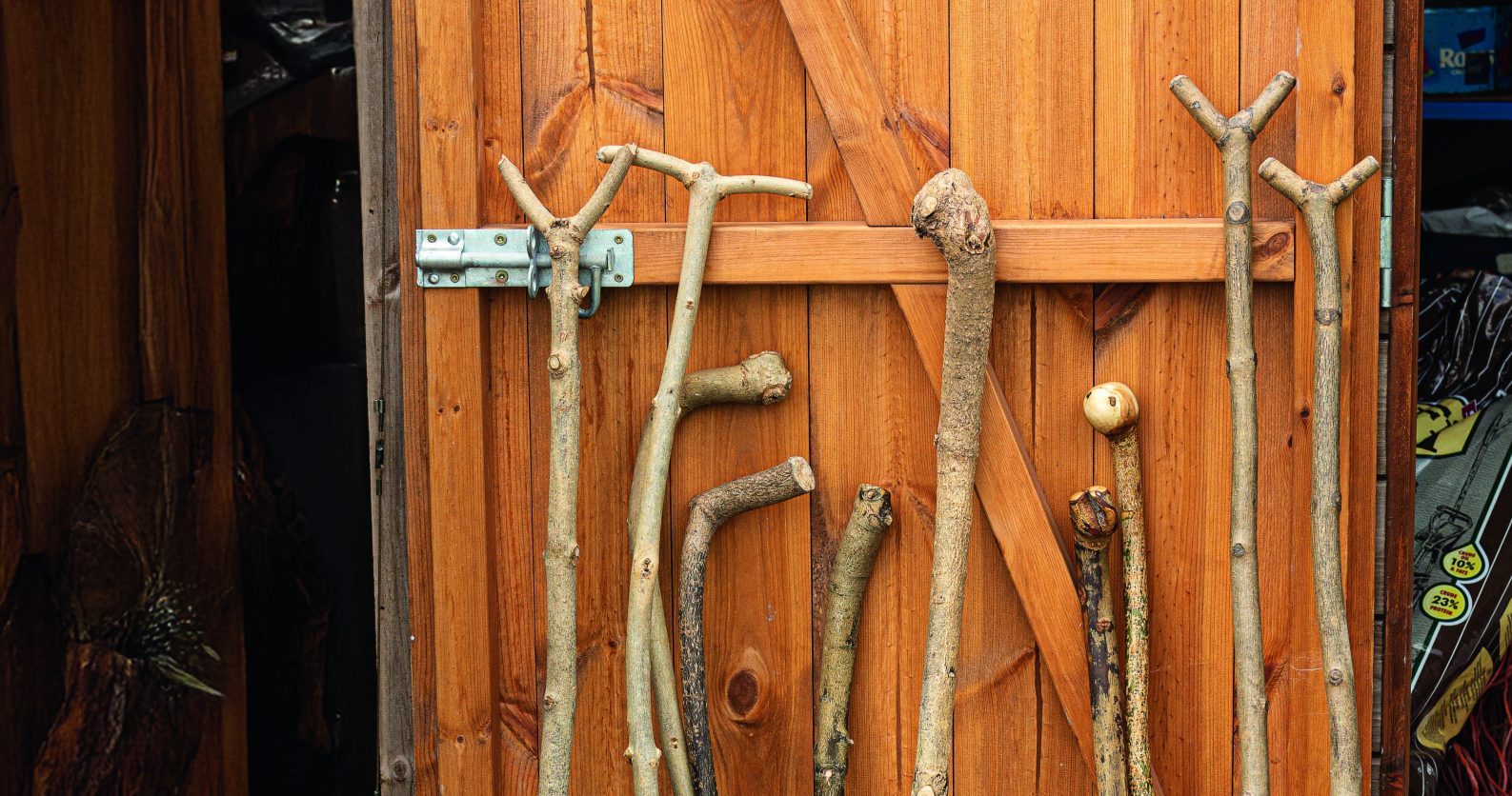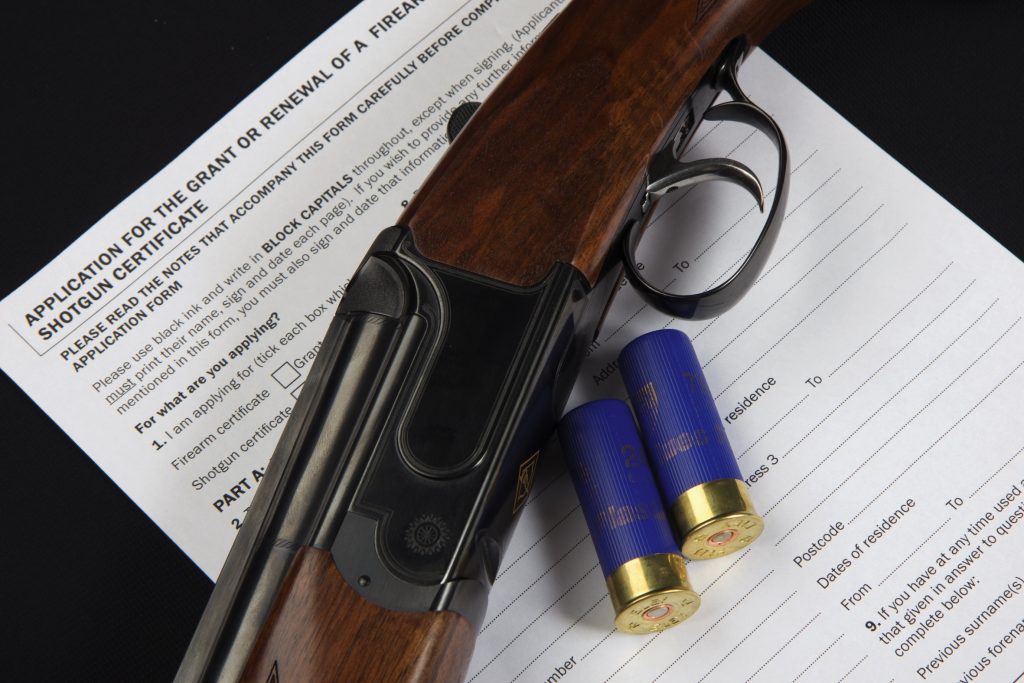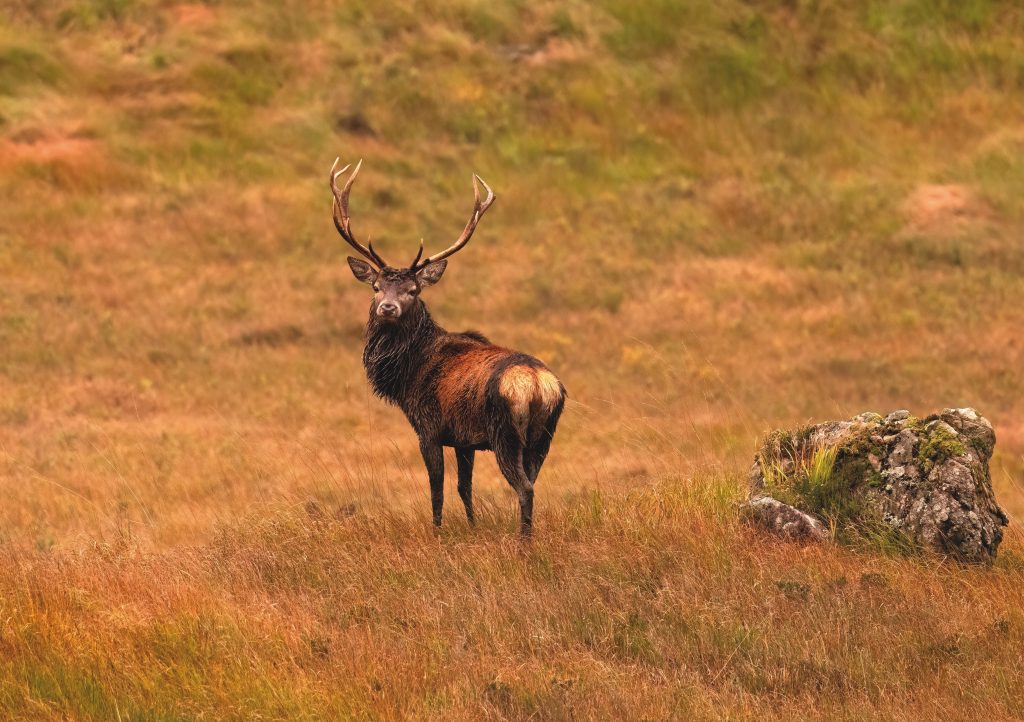Win CENS ProFlex DX5 earplugs worth £1,149 – enter here
Wildfowling for beginners
<strong>An essential guide to getting started in this challenging sport</strong>
Our guide to wildfowling for beginners tells you what you need to know about taking up this fieldsport. Wildfowling gives us the chance to experience some of the last wildernesses of Britain, to pitch ourselves against tides, winds, weather and the wildest quarry the UK has to offer.
Slowly the light grows over the sea, and then strange dusky shapes appear out of the dimness. They may be flotsam of the tideline, they may be tussocks, they may be geese — the eye strains to make them out.
Wondering where to go? Read the top five wildfowling spots in the UK.
Wildfowling for beginners – Duck & goose shooting season in the UK
The season changes depending on where in the British Isles you are located.
- England and Wales inland: Sep 1 – Jan 31
- England and Wales below high water mark: Sep 1 – Feb 20
- Scotland inland: Sep 1 – Jan 31
- Scotland below high water mark: Sep 1 – Feb 20
- Northern Ireland inland: Sep 1 – Jan 31
- Northern Ireland below high water mark: Sep 1 – Jan 31
Some clubs insist you have a dog
Joining a wildfowling club
This is a good way to meet keen wildfowlers and the good news is there are hundreds in the UK. All are happy to encourage wildfowling for beginners by taking you out on a flight to see whether you enjoy it or not. BASC has a useful list of wildfowling clubs here.
Fees are usually between £90 and £150 per year and with most (but not all) clubs this includes BASC membership.
- Different clubs have different rules: some impose a bag limit, some have restricted shooting, such as no shooting between 10am and 3pm or only allowing shooting on certain days. Some insist on the fowler having a dog. (Read what’s the best dog for wildfowling.)
- You usually have to complete an introductory season in which you cannot go out unaccompanied and you may have to do a quarry recognition course
- Most clubs also expect you to take part in various conservation activities
- Take a look at our list of the best jackets for wildfowling.
Safety when wildfowling
In our advice for wildfowling for beginners we need to stress the safety rules you must obey. The foreshore can be a treacherous place and you should never take any risks. Every area has its dangers and unless you know the place thoroughly, always err on the side of caution. There are frequently quicksands, hidden gutters in which to twist or break your ankle and fog so thick you can’t see more than 3ft in front of you. You will need to have the right kit for wildfowling.
Tides are also a major consideration.

Safety is key
The etiquette of wildfowling
- As with any fieldsport, proper etiquette must be observed.
- Be aware that other fowlers may have got there before you and leave at least a couple of shots distance between yourself and the next fowler.
- Some consider that a fowler who arrives late should turn around and go home, for they may disturb the wildfowl.
- If you haven’t built a hide, keep low and out of sight and don’t spoil others’ sport.
- If there is no bag limit, use your discretion apart from the fact that fowling is not about big bags, you will have to carry the birds back, often for some distance, and geese can be very heavy! Only shoot what you can and will eat. (Take a look at our duck recipes here.)
Quarry and Recognition
There are plenty of birds not on the quarry list, which will be on the foreshore, so it is vital to get to grips with your quarry. This can only come through experience. If you are going out on a fine morning, take the time to study the species you see. Remember that sound is as important as sight on the marsh. Each goose and duck has a distinctive call and this will be a great help in identification. The silhouette of each species and its flight pattern are also a huge help in identifying birds. Here is a useful guide to identifying different ducks.
If you’re thinking about guns, take a look at our favourite semi-automatics for wildfowling.
Finding clubs
The east:
There is fantastic sport to be had on the Humber and the Wash, and there are myriad clubs, including Fenland, Hull, Spalding and Kings Lynn clubs. Slightly further south there is North Kent, Blackwater and Little Oakley, to name but a few.
The north:
Both the west and the east coast have some spectacular sites for sport. In the west, Southport, Frodsham, Dee, Morecambe Bay and the Ribble are just some of the clubs you could visit, while in the east there are Northumberland and Hartlepool. Fowling in Scotland is often not affiliated to a club, but there are a few wildfowling clubs, including the Black Isle, Mid Ross and the newly formed East of Scotland.
The south:
The south coast has plenty to offer. In the east and central regions, there is Chichester Harbour, Langstone and Emsworth and heading further west there is Dorset, Devon, Cornwall, Bridgewater Bay and Taw and Torridge.
The west:
Heading west, there are some great clubs such as Gloucester, Clevedon,
Carmarthenshire, Mawddach, Dyfi and Pembrokeshire and, in Ireland, Strangford
Lough, Lough Foyle and Wentloog.
This article was originally written in 2014 and has been updated.
Related Articles
Get the latest news delivered direct to your door
Subscribe to Shooting Times & Country
Discover the ultimate companion for field sports enthusiasts with Shooting Times & Country Magazine, the UK’s leading weekly publication that has been at the forefront of shooting culture since 1882. Subscribers gain access to expert tips, comprehensive gear reviews, seasonal advice and a vibrant community of like-minded shooters.
Save on shop price when you subscribe with weekly issues featuring in-depth articles on gundog training, exclusive member offers and access to the digital back issue library. A Shooting Times & Country subscription is more than a magazine, don’t just read about the countryside; immerse yourself in its most authoritative and engaging publication.







